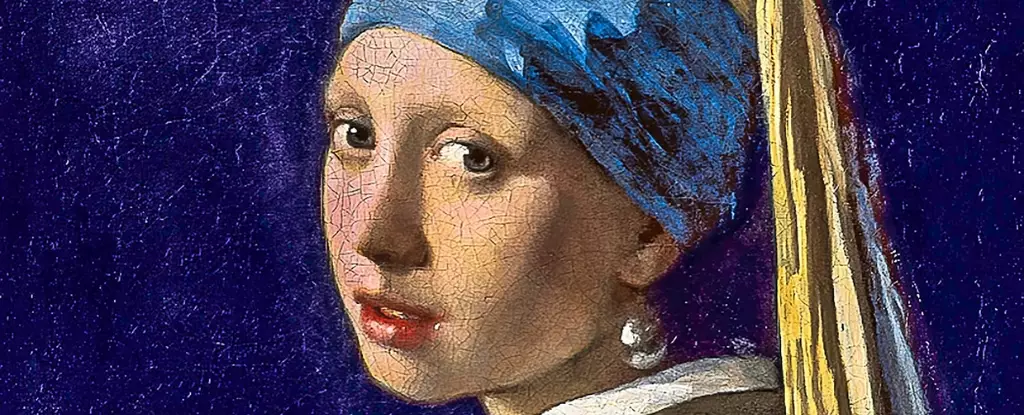Johannes Vermeer’s “Girl With a Pearl Earring” has secured its place as a celebrated icon of art history, captivating audiences with its exquisite representation of beauty and emotion. But what is it about this particular painting that ensnares the viewer’s attention so completely? Recent scientific advancements provide fascinating insights, revealing how the brain processes and responds to this masterwork. The Mauritshuis museum in The Hague spearheaded a study that involved cutting-edge neuroscience techniques to understand the allure of Vermeer’s iconic painting, contributing to the broader understanding of art appreciation and its neurological implications.
The research, conducted by a team of neuroscientists from the company Neurensics, focused on measuring brain activity through EEG and MRI technology while subjects viewed “Girl With a Pearl Earring” and other renowned artworks. The findings indicated a distinct neurological response, which the researchers termed the “Sustained Attentional Loop.” This phenomenon describes the compelling, almost hypnotic gaze drawn to the girl’s eye, her mouth, and the pearl, creating a cyclical path that extends the time spent viewing the painting. Martin de Munnik, a key figure in the study, expressed surprise at the uniqueness of this effect and its implications: “You have to pay attention whether you want to or not. You have to love her whether you want to or not.”
An intriguing aspect of the research was the activation of the precuneus, a part of the brain associated with consciousness and personal identity. This area was notably more stimulated when participants viewed Vermeer’s painting compared to other art pieces. De Munnik pointed to the cyclical visual journey that intensifies the viewer’s emotional connection, suggesting that the longer one looks at a subject, the more attractive it becomes. This aligns with the innate human tendency to seek beauty, whether realized or subconscious, thereby endorsing the supremacy of the ‘Girl’ over other artworks.
Another critical observation from the study highlighted the emotional disparity between viewing an original piece versus reproductions. The participants exhibited an emotional response ten times stronger when beholding the original “Girl With a Pearl Earring” compared to a mere poster. This finding underlined the importance of experiencing original works of art firsthand. The Mauritshuis director, Martine Gosselink, emphasized that engagement with authentic art is vital for cognitive development and emotional enrichment: “It is important, and it really helps to develop your brain… The brain doesn’t lie.” This sentiment reinforces the notion that original artworks resonate on a deeper emotional and psychological level than replicas do.
Gosselink elaborated on Vermeer’s distinctive artistic style, noting that while many of his works employ a singular focal point surrounded by blurred details, “Girl With a Pearl Earring” intriguingly possesses three focal points—the eye, mouth, and pearl. This technique is paramount in creating an intimate dialogue between the viewer and the subject. Unlike other Vermeer pieces that depict women engaged in domestic activities, this girl directly engages the audience with her gaze, inviting a personal connection. “She’s watching you,” Gosselink remarks, reinforcing the uniqueness of this artwork within Vermeer’s oeuvre.
The study not only shed light on Vermeer’s masterpiece but also opened up avenues for future inquiries into other iconic works, such as Da Vinci’s “Mona Lisa.” De Munnik expressed interest in carrying out similar research on other celebrated pieces, potentially revealing variations in viewer engagement across different masters. Gosselink emphasized the evolving perspective on these masterpieces, humorously suggesting that as times change, so does the debate surrounding their status in the art world.
The intersection of art and neuroscience provides a profound understanding of why certain masterpieces elicit stronger emotional responses than others. “Girl With a Pearl Earring” continues to be a subject of fascination not only for its aesthetic beauty but also for its ability to engage the viewer’s consciousness in deeply impactful ways, solidifying its iconic status in the annals of art history.


Leave a Reply